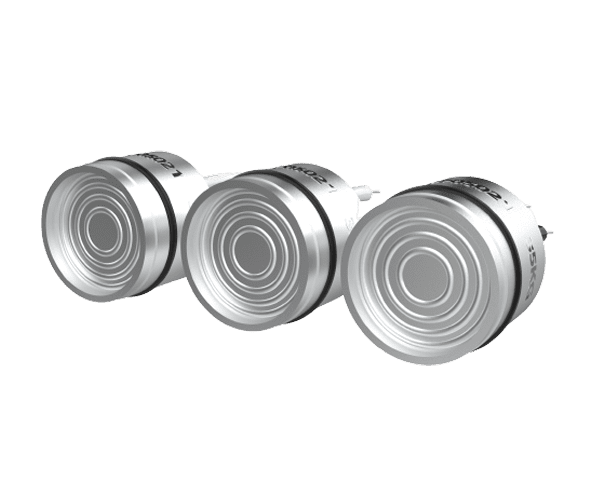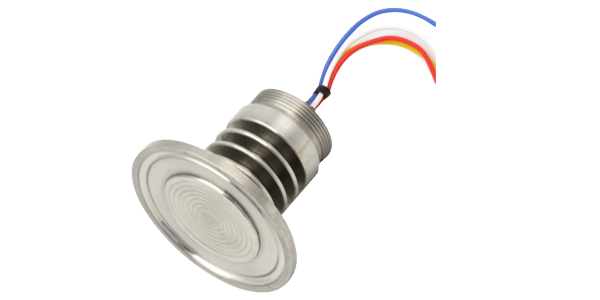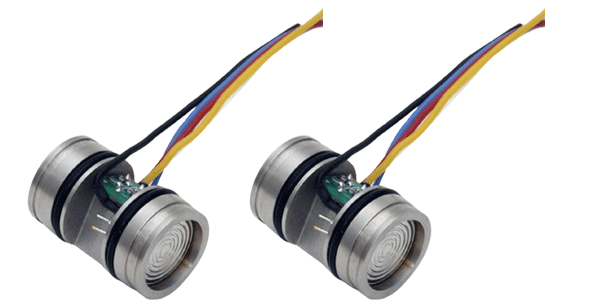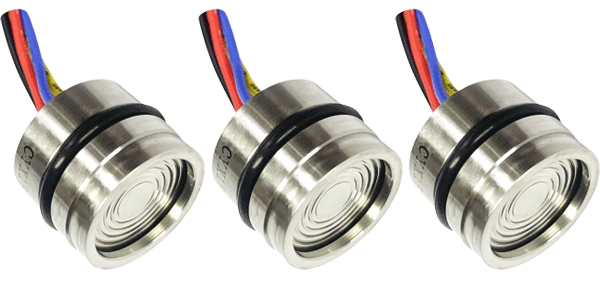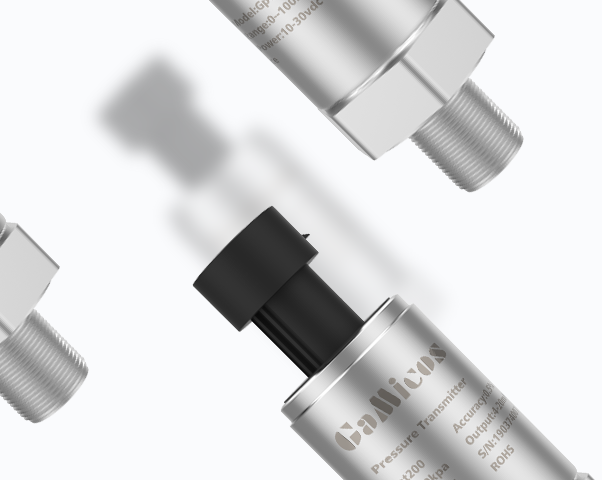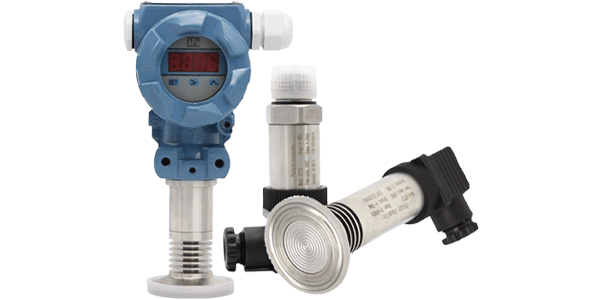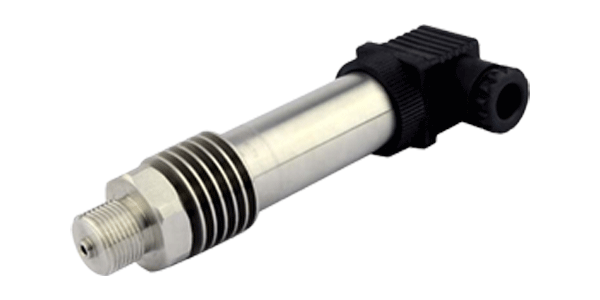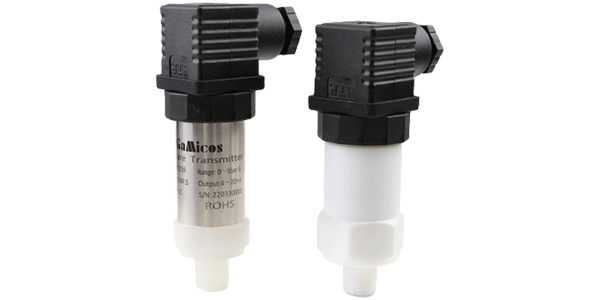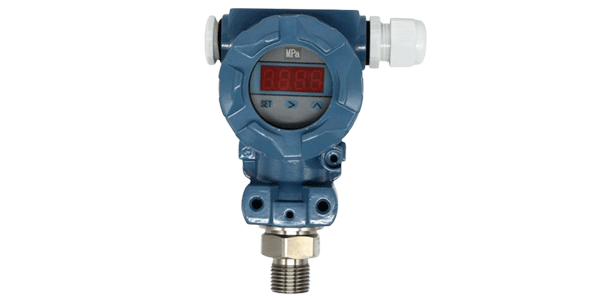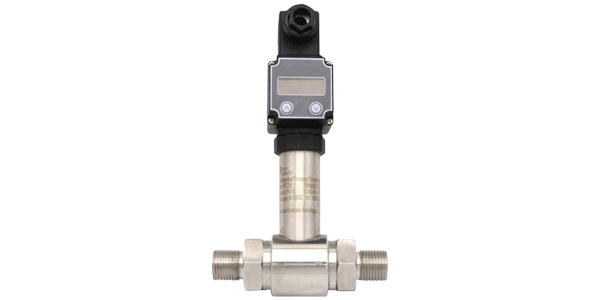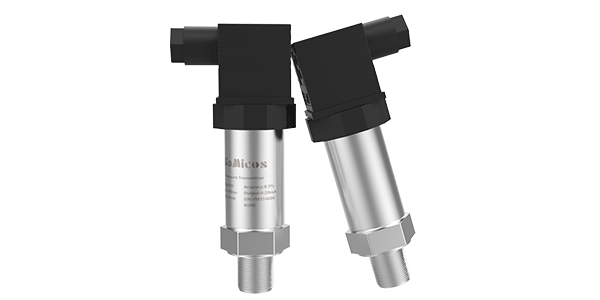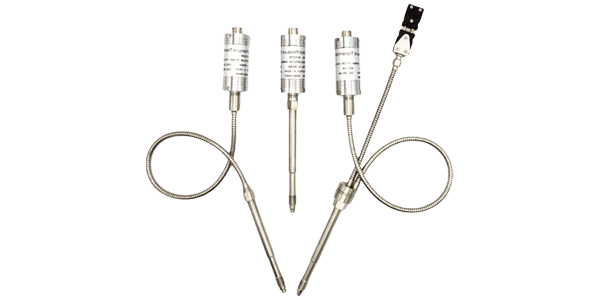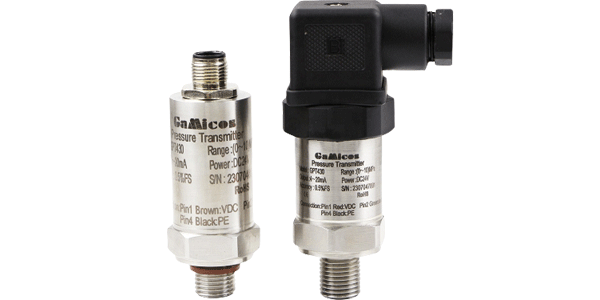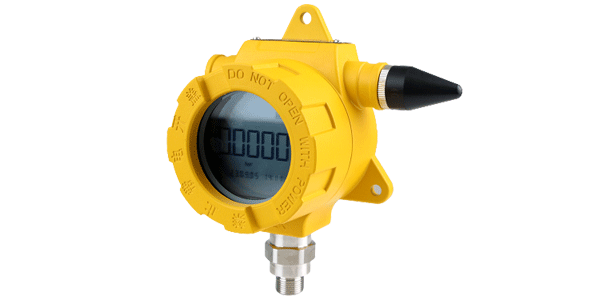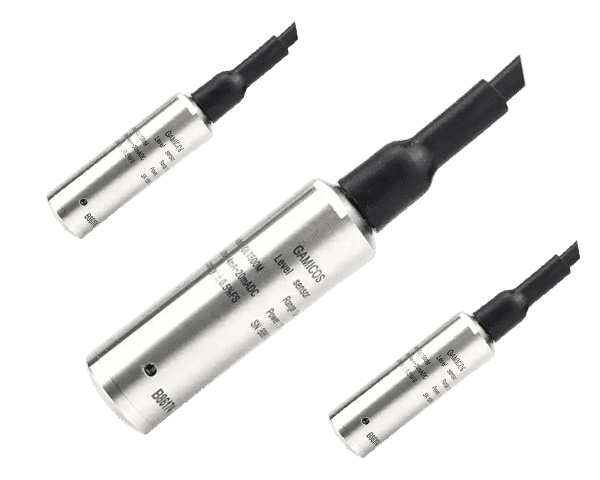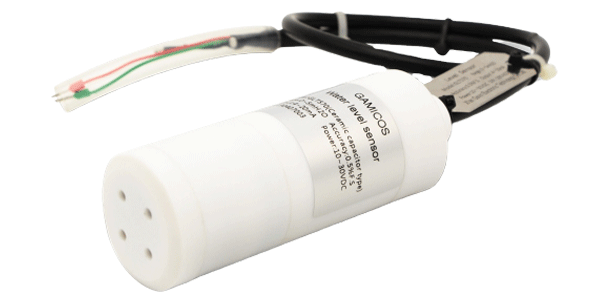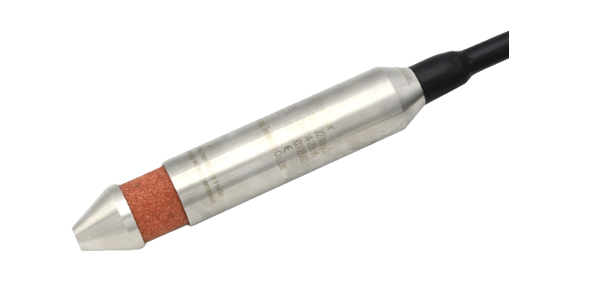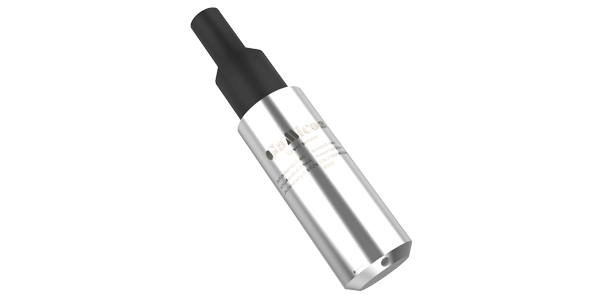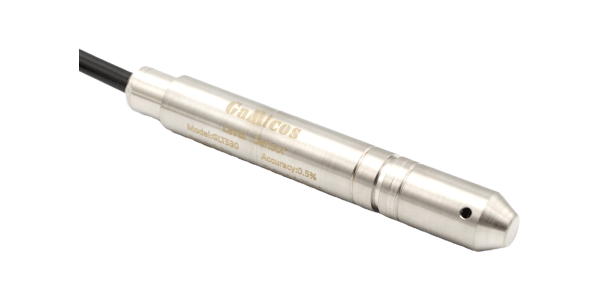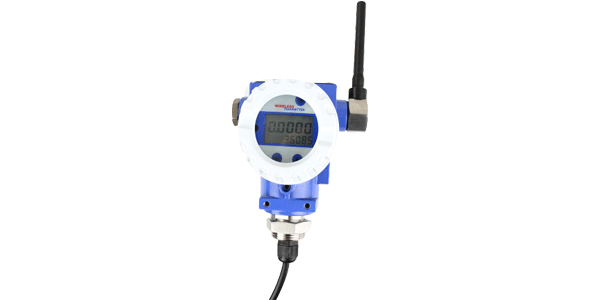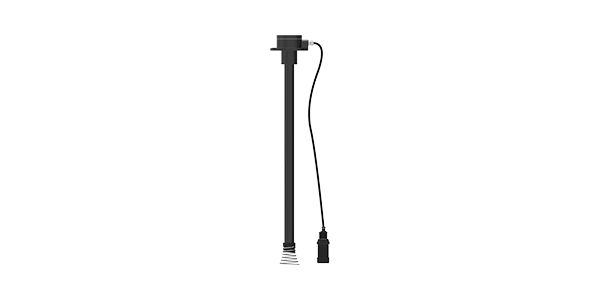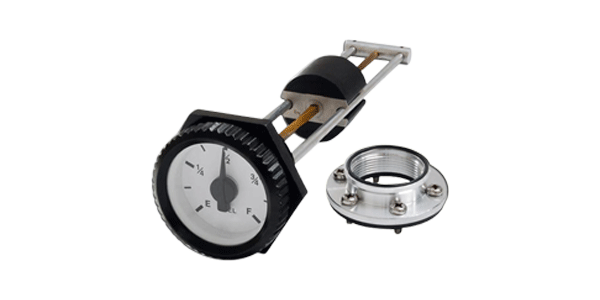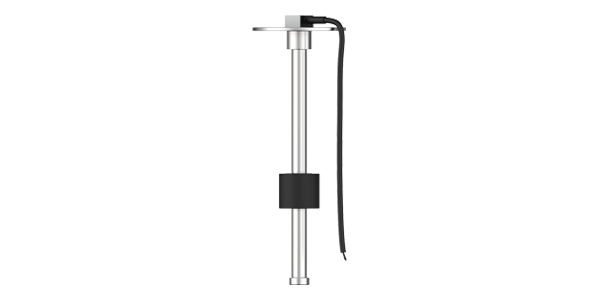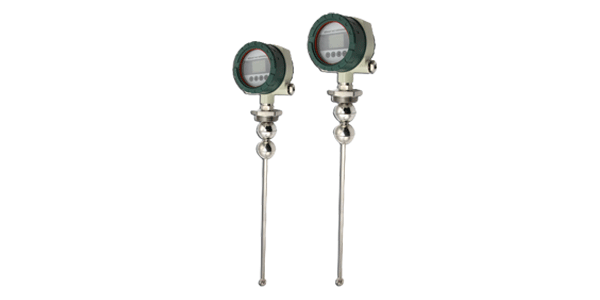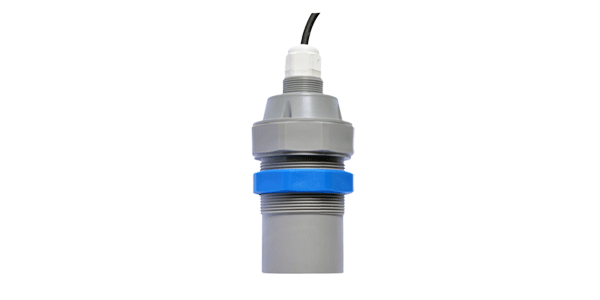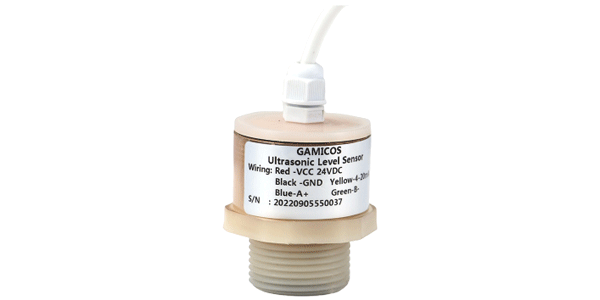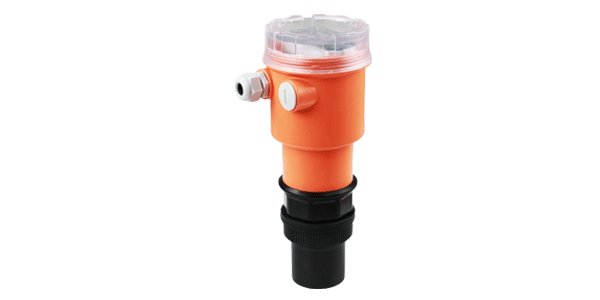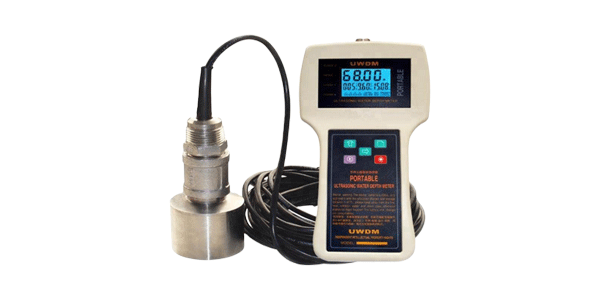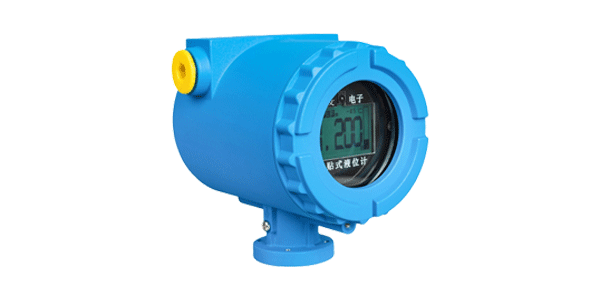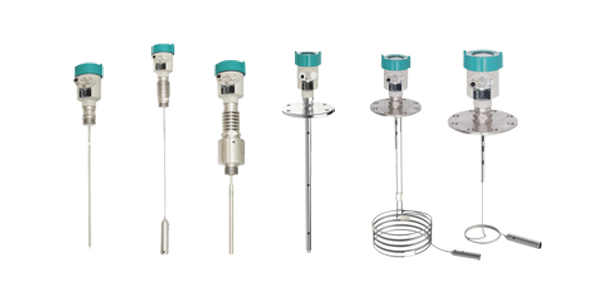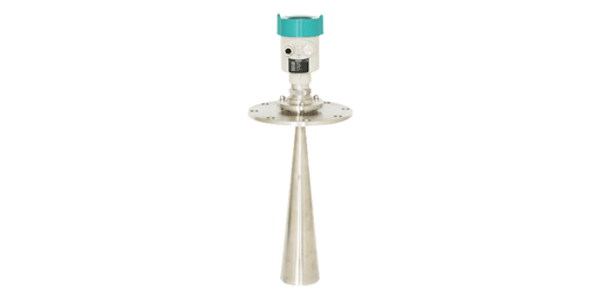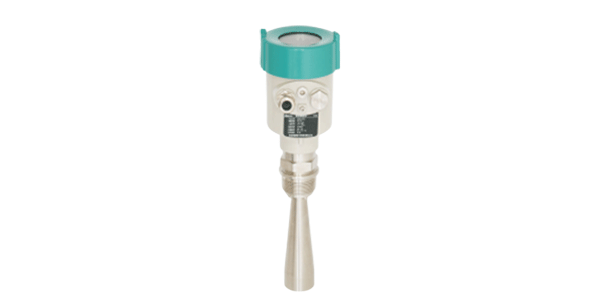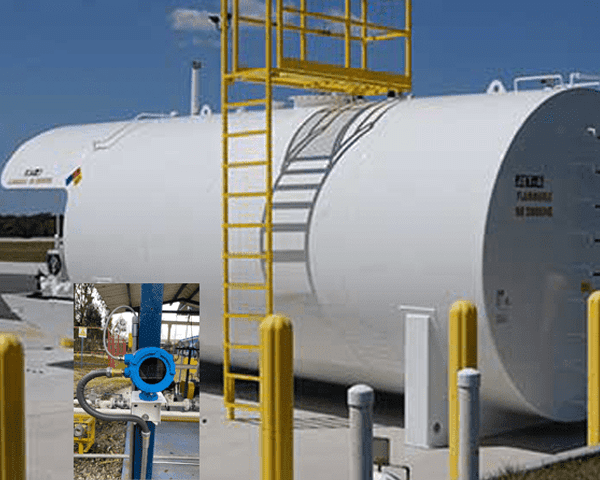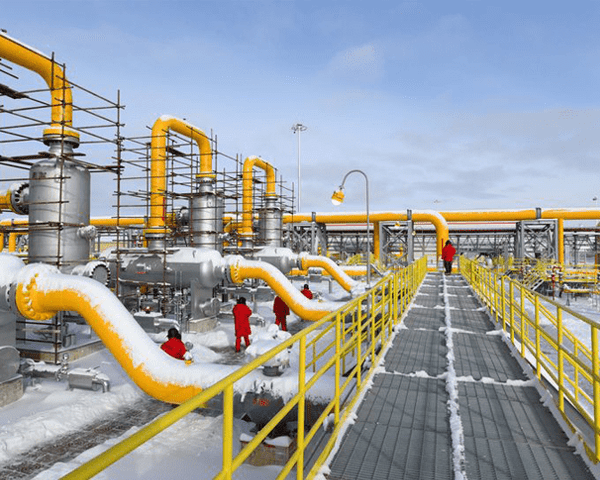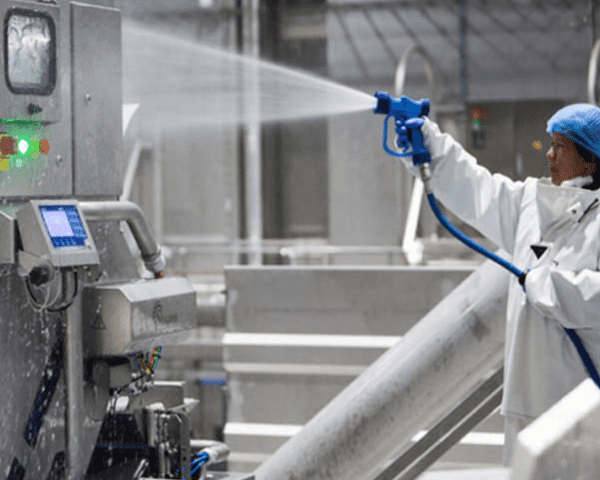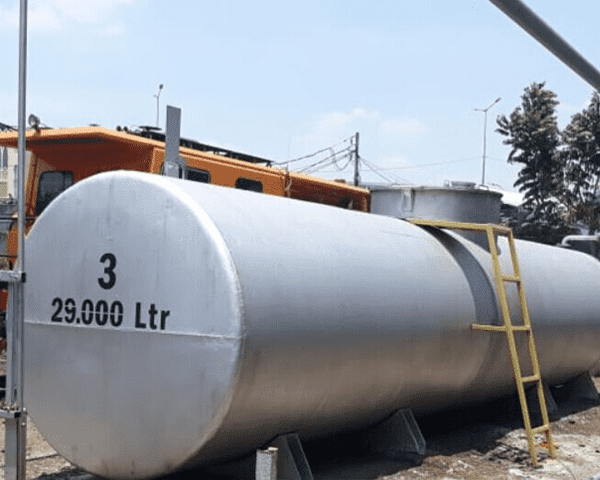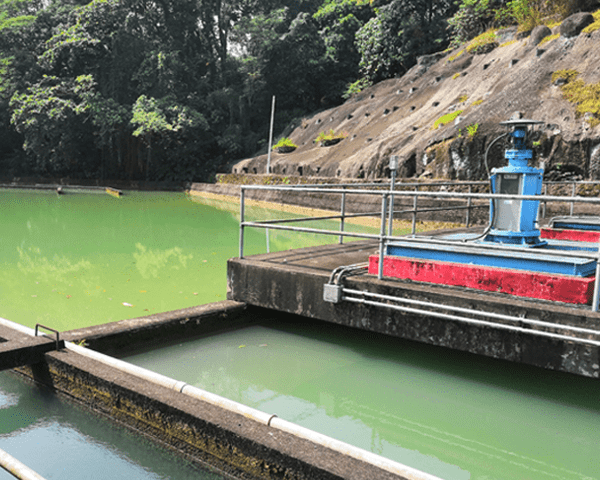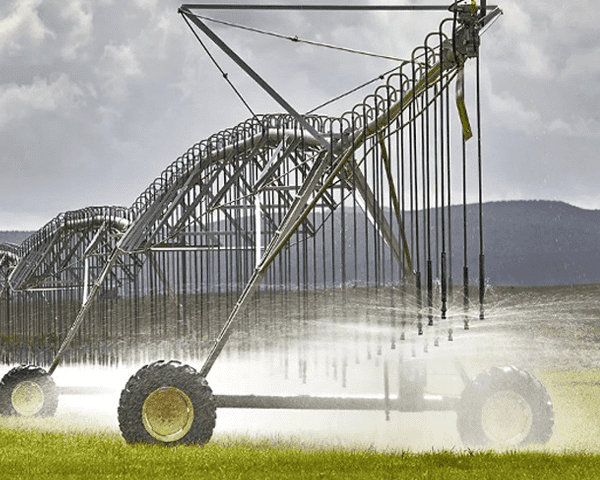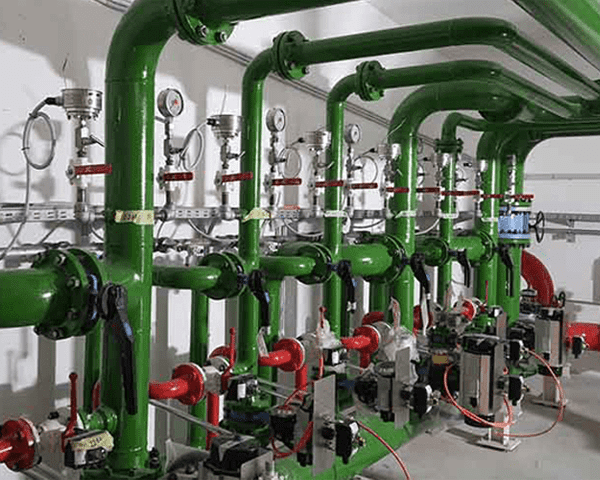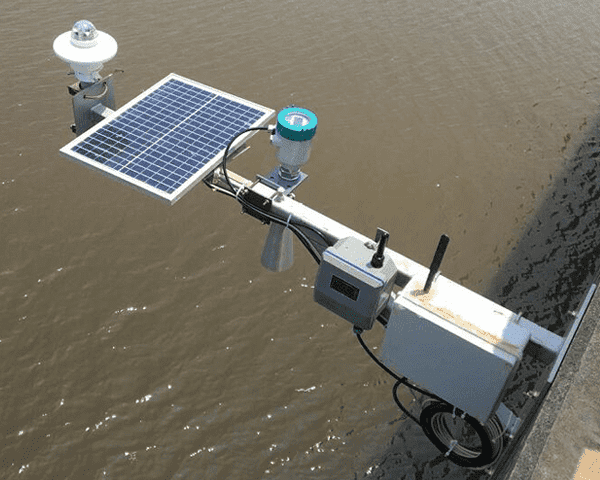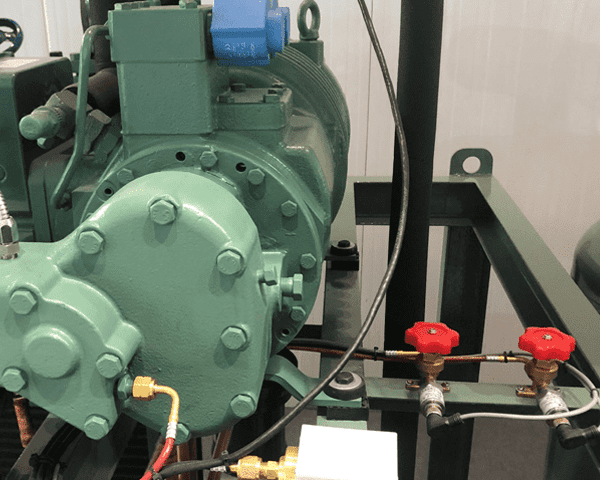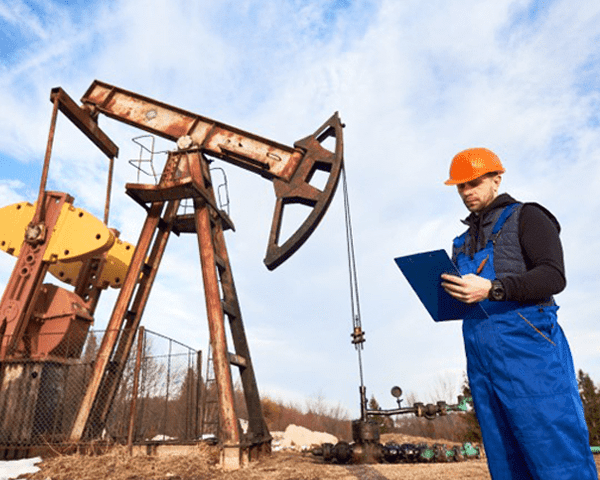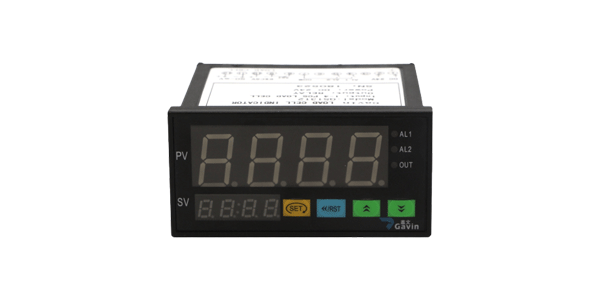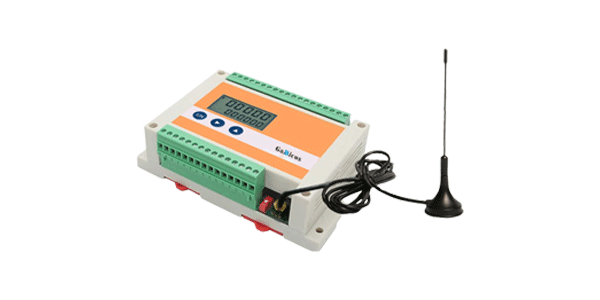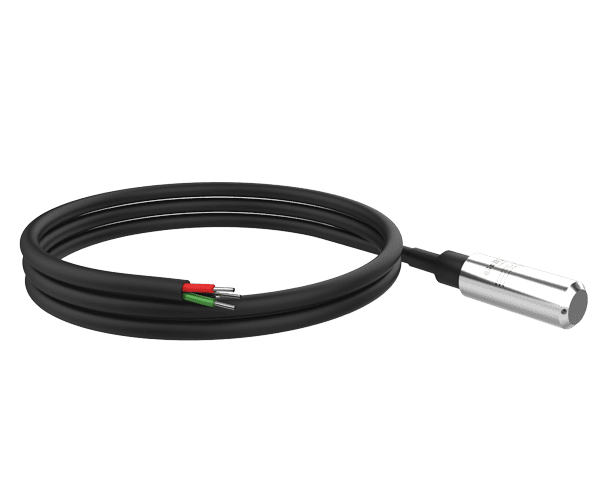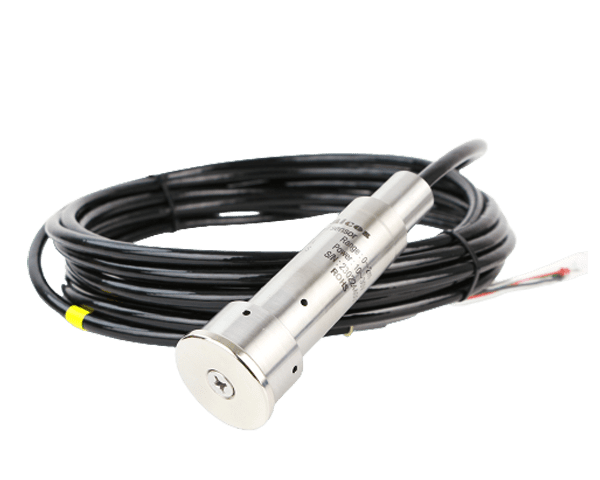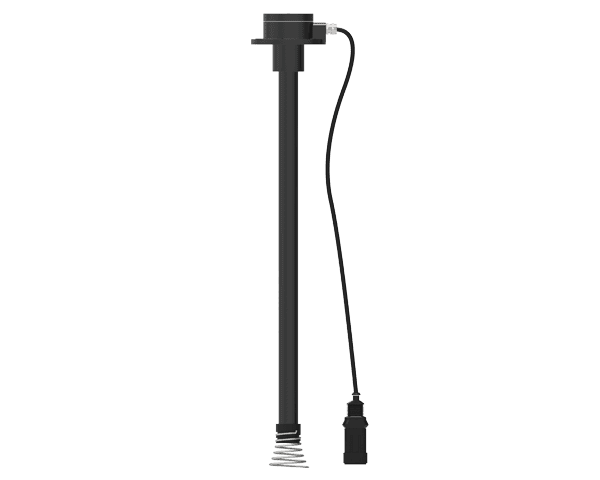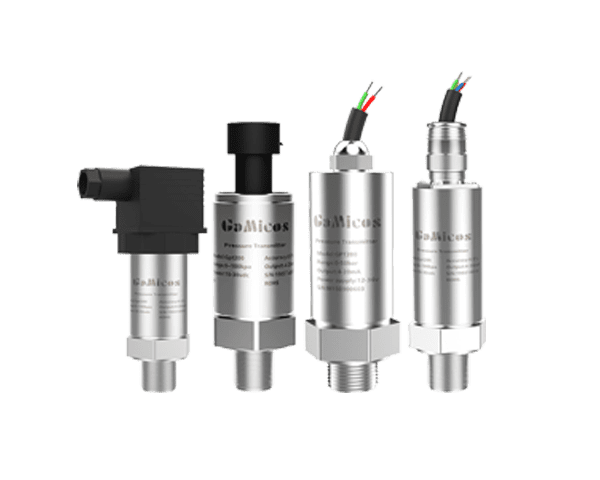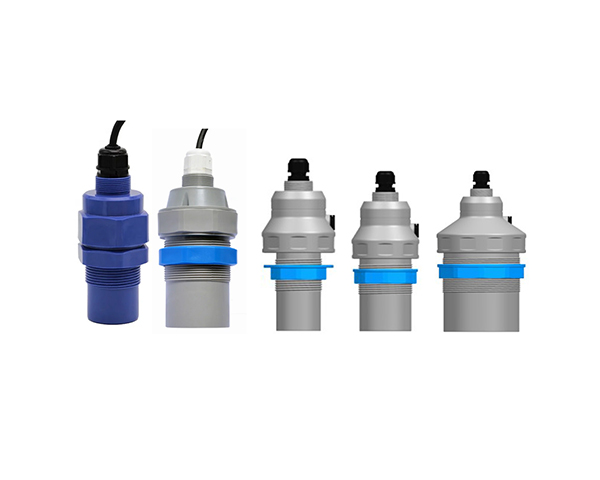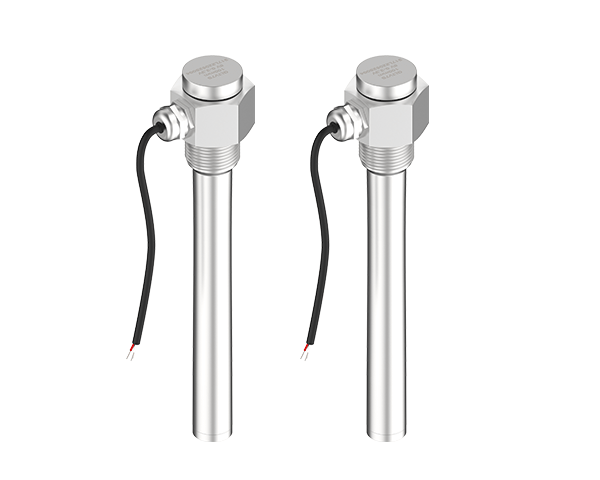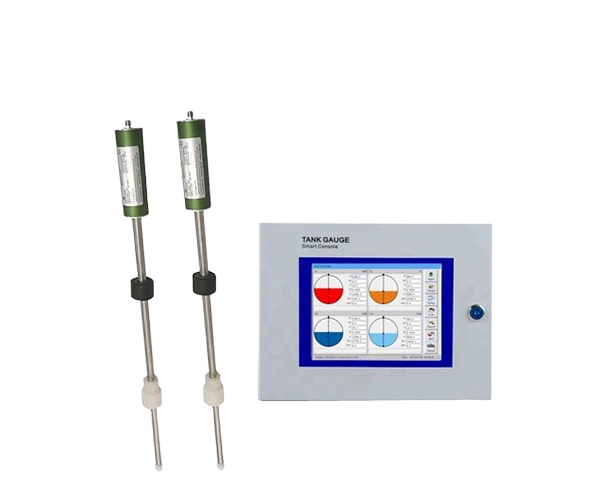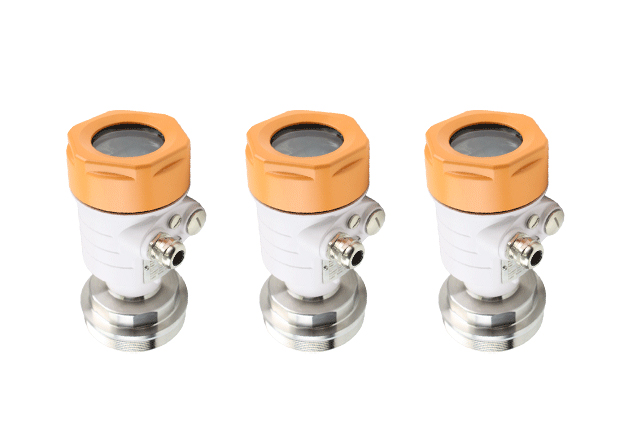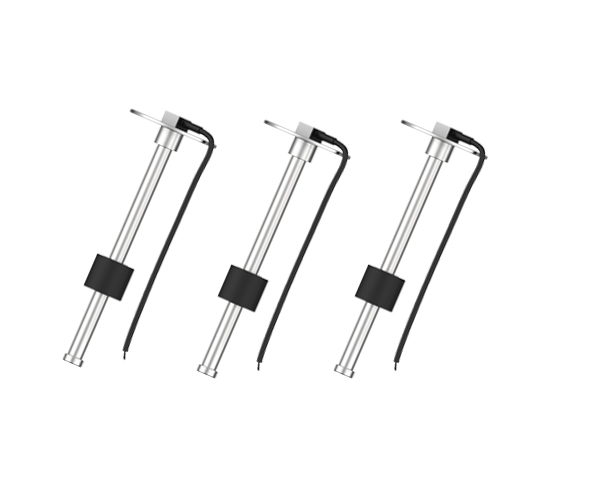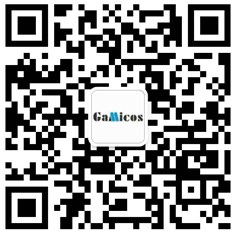This article aims to provide a comprehensive comparison between ultrasonic level sensors and radar level sensors. By understanding their unique characteristics and applications, readers will be able to make informed decisions when choosing the right sensor for their specific needs.
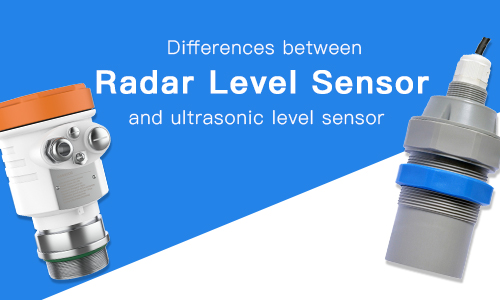
Ultrasonic Level Sensor
Principle and working mechanism
Ultrasonic level sensors work by emitting ultrasonic waves and measuring the time it takes for these waves to bounce back after hitting the target. Similar to sonar (Sound Navigation and Ranging), the sensor calculates the distance between itself and the target based on the speed of sound in the medium and the time taken for the wave to return.
Features
High accuracy in certain applications: Ultrasonic level sensors can provide accurate measurements in specific scenarios. For example, in liquid level measurement in tanks and reservoirs, they can offer precise readings. This is due to their ability to accurately measure the time it takes for the ultrasonic waves to travel to the surface and back.
Less affected by some environmental factors: Compared to some other sensors, ultrasonic level sensors are less affected by certain environmental conditions. They are not as influenced by factors such as soft materials. However, they may still be affected by temperature and humidity to some extent.
Affordable and easy to use: These sensors are relatively inexpensive and straightforward to install and operate. Their simplicity makes them a popular choice for many applications. Additionally, their user-friendly nature means that they can be easily integrated into existing systems.
Radar Level Sensor
Principle and working mechanism
Radar level sensors operate based on electromagnetic waves. The sensor emits radio waves, which are a form of electromagnetic radiation. When these radio waves encounter the surface of the substance being measured, some of the energy is reflected back to the sensor. By analyzing the reflected signals, the sensor can determine the distance to the surface. This principle is similar to how radar works in aviation and military applications for detecting objects. Just as a ship's radar screen uses radio waves to detect other vessels or land masses, a radar level sensor uses radio waves to measure the level of a substance.
Features
Non-contact measurement: Radar level sensors offer non-contact measurement, which means they do not come into direct contact with the substance being measured. This is a significant advantage as it allows for measurement of substances that may be corrosive, toxic, or at high temperatures. For example, in the chemical industry, where there are often harsh chemicals and extreme temperatures, radar level sensors can safely and accurately measure the level of liquids without the risk of damage to the sensor or contamination of the substance.
Suitable for harsh environments: These sensors are highly suitable for harsh environments. They can withstand high temperatures, high pressures, and corrosive atmospheres. Whether it's in a refinery where temperatures can reach extremely high levels or in a chemical plant with corrosive gases, radar level sensors can provide reliable measurements. Their durability and resistance to environmental factors make them a preferred choice in many industrial applications.
High precision and reliability: Radar level sensors offer high precision and reliability. They are not affected by factors such as temperature, pressure, or vapor. This means that they can provide accurate measurements even in challenging conditions. For instance, in applications where the substance being measured has a low dielectric constant or where there is foam or turbulence, radar level sensors can still deliver accurate results. Their advanced signal processing capabilities enable them to filter out noise and interference, ensuring reliable and consistent measurements.
Comparison
Contact vs non-contact
Ultrasonic level sensors measure distances by emitting ultrasonic waves and timing their return after bouncing off an object. This is a contactless measurement method to a certain extent as the waves do not physically touch the object. However, it is not completely non-contact as the sensor is still in close proximity to the measured medium. When the media is corrosive, the ultrasonic probe should anti-corrosion because the medium vapor will corrode the probe.
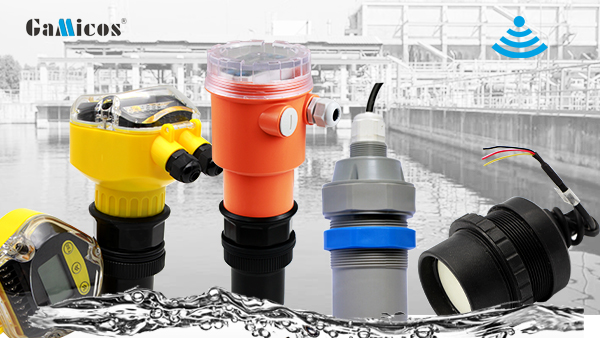
On the other hand, radar level sensors are truly non-contact sensors. They emit radio waves and analyze the reflected signals without coming into direct contact with the substance being measured. This non-contact nature offers several advantages. For example, it allows for measurement of corrosive, toxic, or high-temperature substances without the risk of damage to the sensor or contamination of the substance. As seen in the definition of non-contact sensor, radar level sensors fit this description perfectly. They can be compared to devices like non-contact torque sensors or non-contact voltage sensors that also operate without direct contact.
Environmental adaptability
Ultrasonic level sensors may be affected by certain environmental factors such as temperature and humidity. Although they are less affected by soft materials compared to some other sensors, changes in temperature and humidity can impact their accuracy.
In contrast, radar level sensors are highly adaptable to different environments. They can withstand high temperatures, high pressures, and corrosive atmospheres. Whether in a refinery with extremely high temperatures or a chemical plant with corrosive gases, radar level sensors can provide reliable measurements. Their durability and resistance to environmental factors make them a preferred choice in harsh industrial environments.
Accuracy and reliability
Ultrasonic level sensors can provide high accuracy in certain applications, especially in liquid level measurement in tanks and reservoirs. However, their accuracy may be compromised by environmental factors.
Radar level sensors offer extremely high precision and reliability. They are not affected by factors such as temperature, pressure, or vapor. This enables them to provide accurate measurements even in challenging conditions, such as when measuring substances with low dielectric constants or in the presence of foam or turbulence. Their advanced signal processing capabilities, similar to those described in the article on ultrasonic sensors in the context of networks improving system accuracy, ensure reliable and consistent measurements.
Application scenarios
Ultrasonic level sensors are suitable for a wide range of applications, including liquid level measurement in tanks, reservoirs, and open channels. Their affordability and ease of use make them a popular choice for many applications where the environmental conditions are relatively mild and accuracy requirements are not extremely high.
Radar level sensors are best suited for harsh environments and applications where high precision is crucial. This includes the chemical industry, refineries, and other industrial settings where substances may be corrosive, toxic, or at extreme temperatures. They can also handle a variety of substances, including solids, liquids, and slurries.
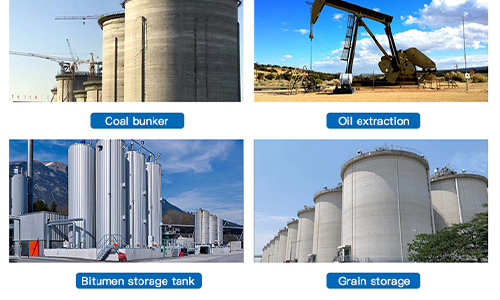
Conclusion
In conclusion, ultrasonic level sensors and radar level sensors have distinct characteristics that make them suitable for different industrial applications. Ultrasonic level sensors offer accuracy, ease of use, and cost-effectiveness. They are ideal for applications where the environmental conditions are relatively mild and accuracy requirements are not extremely high. However, they may be affected by temperature, humidity, and the presence of soft materials.
Radar level sensors, on the other hand, provide non-contact measurement, high precision, and reliability. They are suitable for harsh environments and applications where high accuracy is crucial. They can measure levels of various substances, including solids, liquids, and slurries, and are not affected by temperature, pressure, or vapor.
When choosing between ultrasonic and radar level sensors, it is important to consider factors such as accuracy, reliability, cost, and environmental conditions. By understanding the key differences between these two types of sensors, users can make an informed decision.
